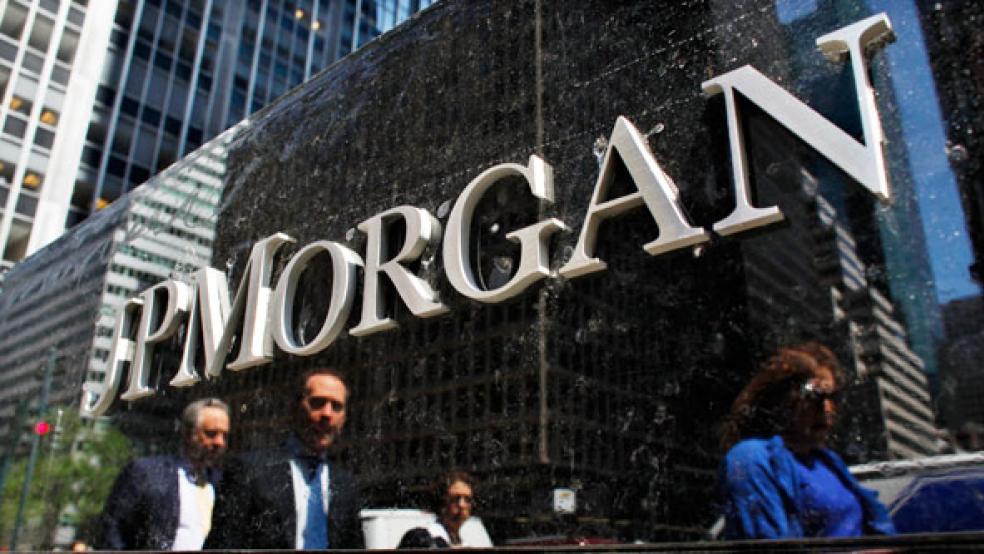The combination of a drop in mortgage lending and a spike in litigation costs drove profits at federally insured U.S. banks down in the third quarter. According to data released by the Federal Deposit Insurance Corporation this morning, banks earned $36 billion over the three-month period, compared to $37.5 billion in the same period the previous year. It was the first year-over-year decline in four years.
However, while generally positive for banks, the news for consumers was not. The decline in mortgage lending indicates that banks are tightening requirements on homebuyers, and a $204.7 billion surge in excess reserves held by large institutions at Federal Reserve Banks across the country means that now roughly $2.5 trillion in cash is being held out of the economy by banks unwilling or unable to lend it out.
The data, released as part of the FDIC’s Quarterly Banking Profile, did have some good news for consumers. The industry set aside just $5.8 billion in reserves against potential bad loans during the quarter, $8.8 billion less than they set aside in the third quarter of last year and the smallest amount set aside in the past 14 quarters. This signals that, as the economy improves, borrowers are becoming less and less likely to default on their loans.
FDIC chairman Martin J. Gruenberg said, “most of the positive trends we have been seeing in industry performance continued in the third quarter. Fewer institutions reported quarterly losses, lending grew at a modest pace, credit quality continued to improve, more banks came off the “Problem List,” and fewer banks failed.”
The number of new mortgages issued in the quarter was 30% lower than the comparable period last year.
The decline in mortgage lending was driven in large part by an increase in long- and medium-term interest rates earlier in the year, said Gruenberg. “This reduced level of lending led to a $4 billion year-over-year decline in non-interest income from mortgage activities.
Lending, in general, increased but only by 1.3%, with the decline in mortgage lending offsetting modest growth in auto loan and credit card lending as well as other areas.
“Rising interest rates a bit of a double-edged sword,” said Gruenberg. It will improve banks’ net interest margins, he said. “On the other hand, as reflected in the mortgage market, it can suppress activity.”
The FDIC, which was shutting down failed banks on a weekly – if not daily – basis during the worst of the financial crisis, shuttered only six institutions during the quarter, bringing the year’s total to a relatively modest 23. - Follow Rob Garver on Twitter @rrgarver





